
A decision on whether to build a massive “new town” in the north Kent countryside has been taken out of local hands, signalling what could happen in the rest of Kent.
Plans for 8,400 homes to the south and east of Sittingbourne have been sent to the Labour government for the final decision amid fears of “destruction of the countryside.”
Swale Borough Council’s (SBC) planning committee was meant to decide on the application on Thursday night (8 November), but it was ‘called-in’ by the government at short notice.
One councillor said the council had had "power of decision on this application ripped out of its hands at the eleventh hour."
Quinn Estates proposals are split across two separate applications, covering land to the south and east of Sittingbourne, stretching up to Bapchild and Teynham.
Up to 7,150 homes, community space, a hotel, a new tip, and primary and secondary schools are earmarked for the larger site surrounding Sittingbourne, with two halves named Highsted Village and Oakwood Village. It also includes provision for a new M2 motorway junction and completion of the Southern Relief Road.
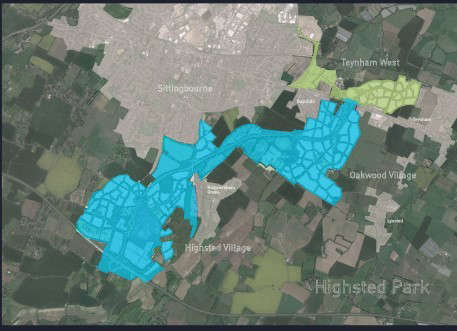
The smaller site, known as Teynham West, is planned to host up to 1,250 homes, sheltered and extra care accommodation, a primary school, and the Bapchild section of a Northern Relief Road – which is already in the local plan.
Quinn Estates argue in planning documents: “The proposals are entirely suitable for the site in terms of land use, amount of development, access, layout and appearance.
“Ultimately it will become a vibrant garden village settlement within the borough, transforming the local area, as well as adding regionally significant benefits to the surrounding area as a whole.”
The firm also writes that it would be “the most sustainable development in the south east.”
However, the bid attracted more than 700 letters of objection to Swale Borough Council.
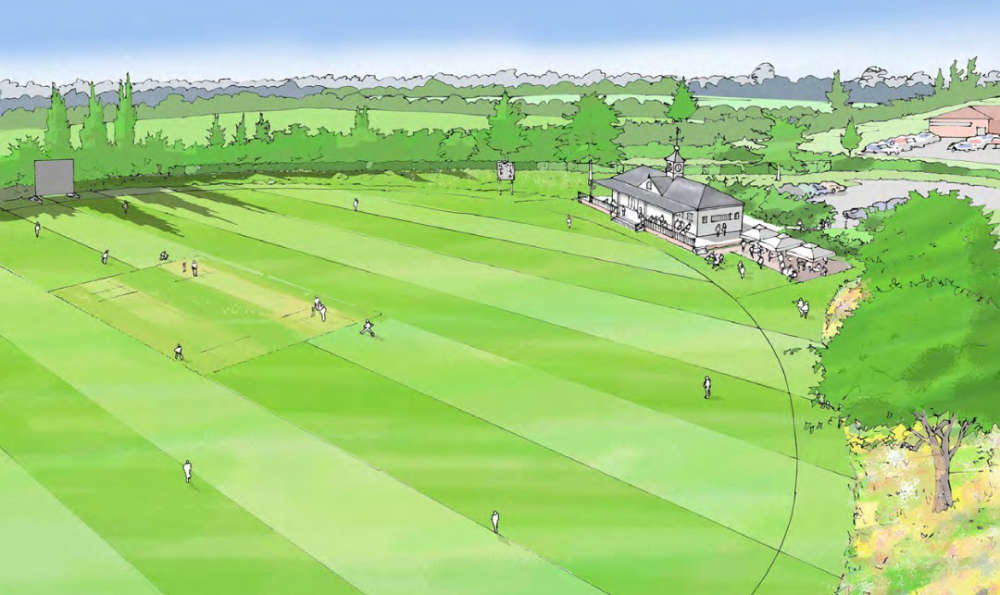
(Above: A drawing of the proposed new Bapchild cricket ground as part of the Highsted development, as supplied by developer)
Speaking before the meeting, Carol Goatham, of Farm Fields & Fresh Air, said: “Our sewage works are already struggling, we know that our GPs are already struggling – there aren’t enough GPs for the population as it stands and we can’t magic them out of thin air.
“This proposal joins up seven outlying villages on the edge of Sittingbourne between Sittingbourne and Teynham, and there’s a rural way of life here.”
“There’s going to be an awful lot of destruction of the countryside that goes along with that.
“This is not about local need this is about a developer’s greed.”
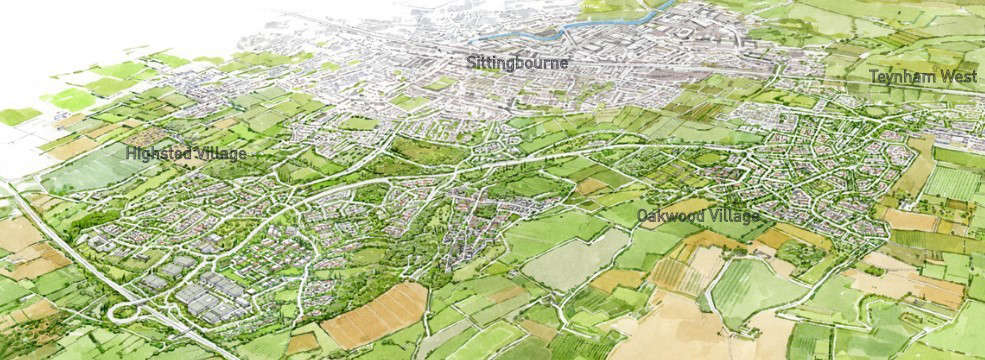
SBC planning officers were recommending members vote against the plans, with one at the meeting explaining that it would harm numerous heritage and archaeological assets.
He also told the meeting “there are concerns about the validity of the environmental impact assessment” for the development.
Their report also slated the “urbanising impact” it would have on the countryside.
Though, a letter explaining that it had been ‘called-in’ by the government was circulated at the meeting – with the council only being told at 3pm, only three hours before the meeting.
At the start of the meeting, chairman Cllr Elliot Jayes (Swale Ind.) said: “As such the council has had power of decision on this application ripped out of its hands at the eleventh hour.”
Angela Rayner MP, Secretary of State for Housing, Communities and Local Government, has called a local inquiry into the plans.
SBC’s vote now does not mean the application was officially rejected.
Instead, it will inform the case their representatives make at the inquiry.
Such inquiries are run like a planning committee, with representatives of developers, the council, and local communities making their case.
The final call however will be made by the Secretary of State, rather than SBC.

The site is not allocated in SBC’s previous local plan, so ordinarily it could be safely refused.
However, SBC’s last local plan was in 2017, and is therefore considered out of date – meaning that as far as the government is concerned, it cannot demonstrate it has enough land allocated for housing.
This gives developers the ability to seek to build on sites which aren’t officially allocated, with a greater chance of approval.
A spokesperson for Quinn Estates said: “We welcome the Secretary of State’s decision to call in both applications for Highsted Park.
“This is a project of national importance that will have wide-ranging benefits that extend far beyond the local area.
This decision will allow it to be assessed on that basis.”

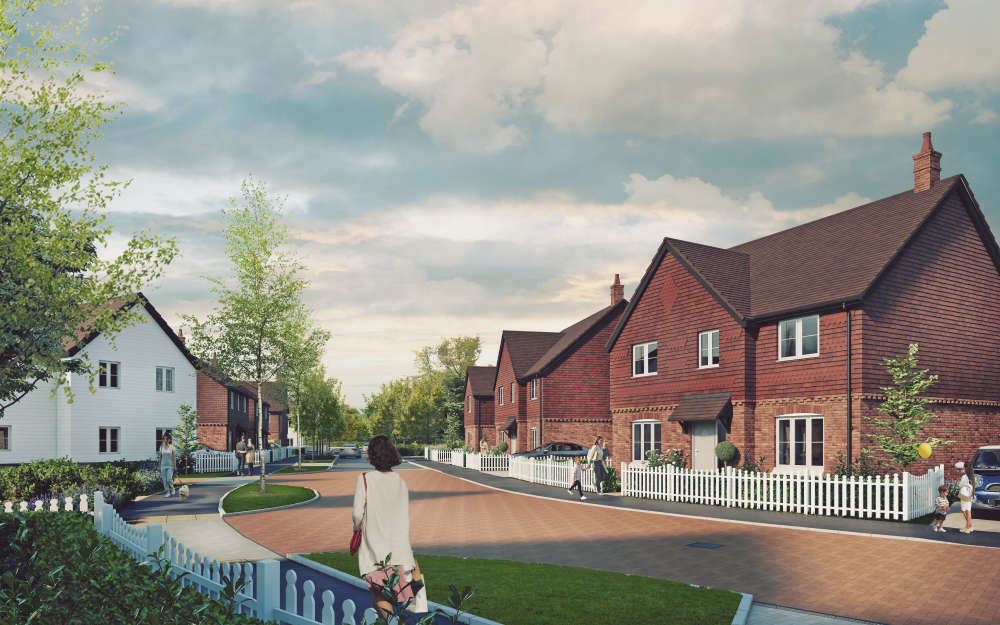 Bassetts Farm
Bassetts Farm
 "Devastating" changes
"Devastating" changes
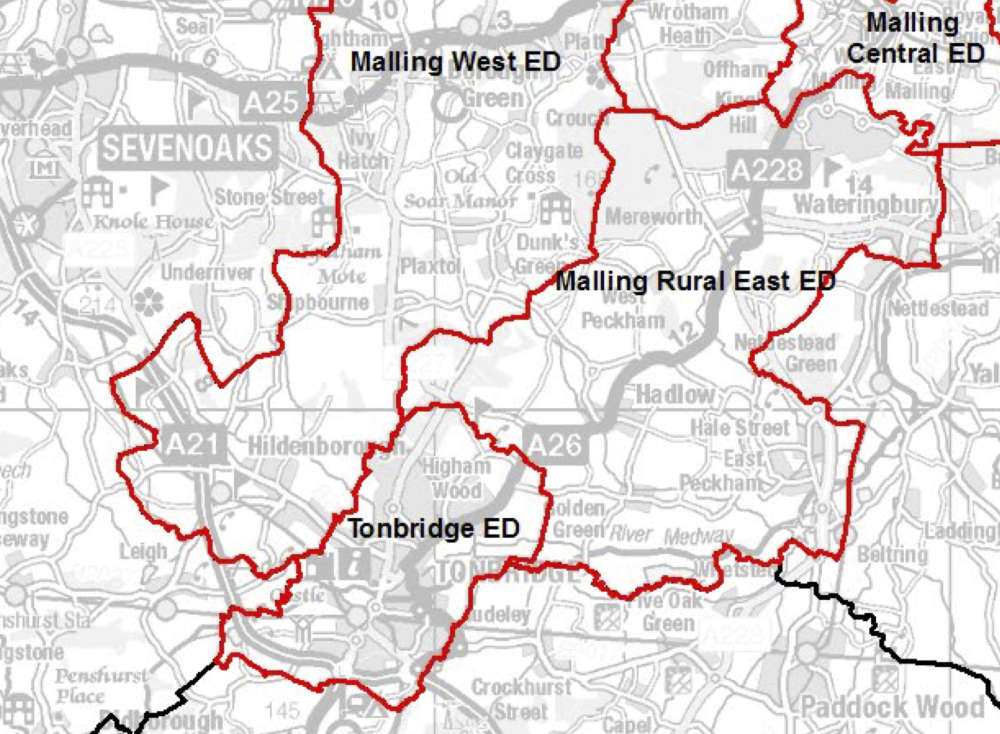 Candidates Tonbridge
Candidates Tonbridge
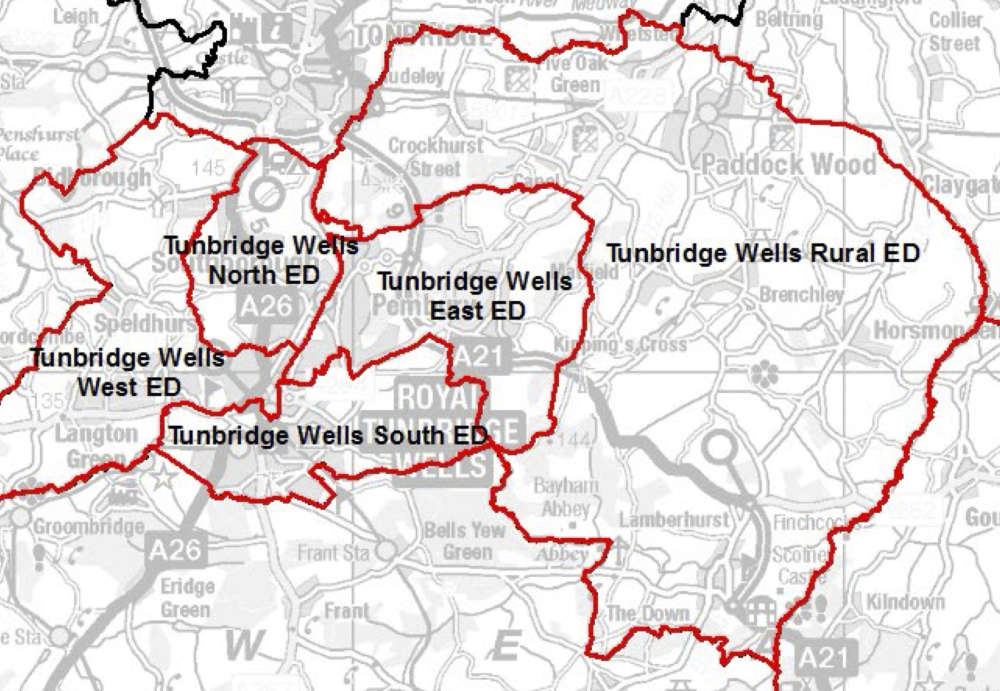 Candidates Tun Wells
Candidates Tun Wells
 Due to Open in 2028
Due to Open in 2028
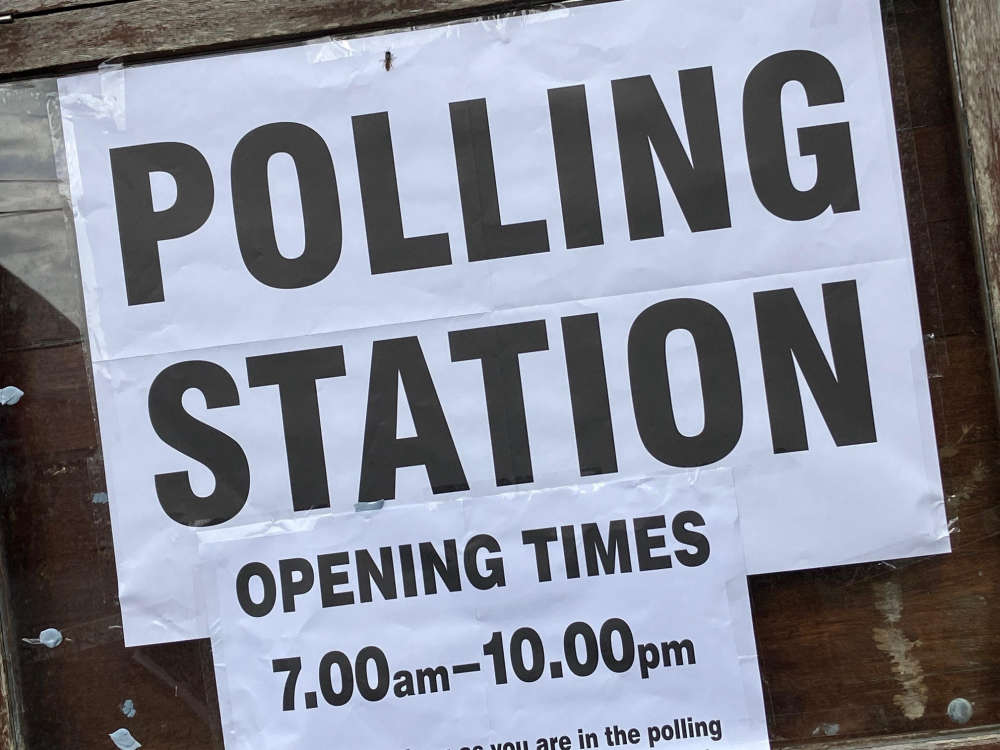 Vote on May 1
Vote on May 1
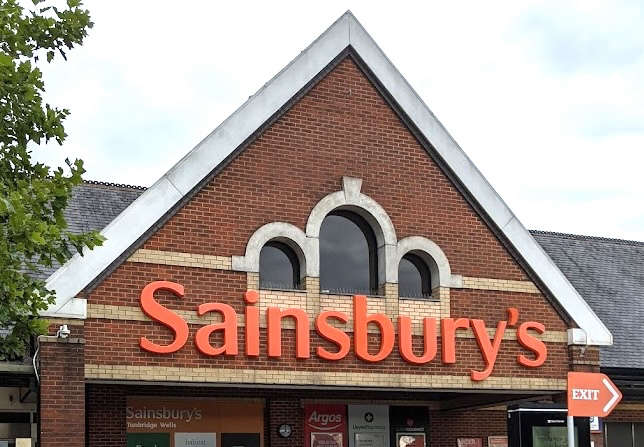 Glare Concerns
Glare Concerns
 "More Efficient" Future
"More Efficient" Future




